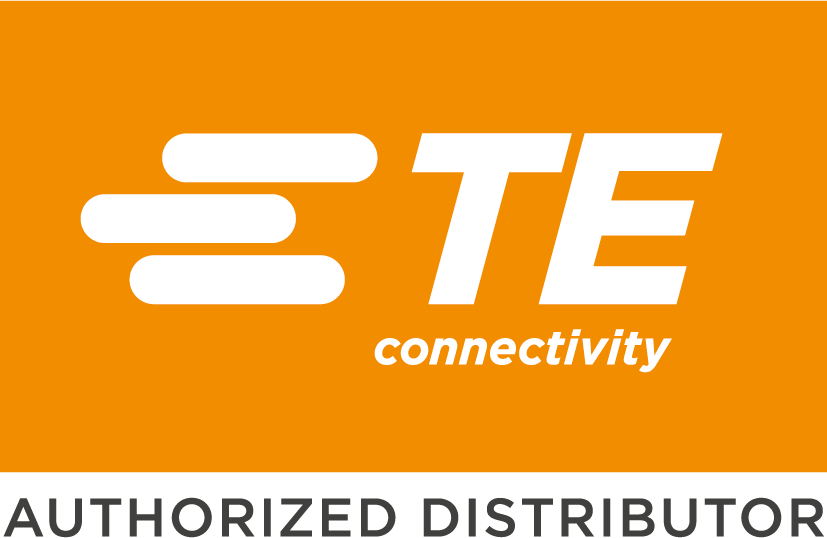
TE Connectivity AMP Connectors
TE Connectivity AMP Connectors is a globally recognized company that specializes in the design, manufacturing, and distribution of electrical connectors and interconnect solutions. With a rich history spanning numerous decades, the company has established itself as a trusted provider of innovative connectivity solutions. Offering an extensive range of products such as connectors, terminals, cables, antennas, sensors, and more, TE Connectivity AMP Connectors caters to diverse industries including automotive, aerospace, telecommunications, industrial equipment, and consumer electronics. The company's unwavering commitment to quality and customer satisfaction is evident in its stringent manufacturing processes and adherence to international standards. TE Connectivity AMP Connectors strives to deliver high-performance, reliable, and durable products that meet the demanding requirements of various applications. TE Connectivity AMP Connectors remains at the forefront of technological advancements through its focus on research and development. By investing in cutting-edge technologies and fostering collaboration with industry partners, the company ensures that its products are innovative and capable of addressing evolving customer needs. In addition to its broad product portfolio, TE Connectivity AMP Connectors provides comprehensive technical support and consultation services. These offerings assist customers in selecting the most suitable solutions for their specific requirements. With a global presence, the company serves a diverse customer base across different regions. Overall, TE Connectivity AMP Connectors is a reputable and esteemed leader in the field of electrical connectors and interconnect solutions. Its dedication to innovation, quality, and customer satisfaction continues to contribute to the advancement of technology worldwide.
Touch Screen Overlays
Results:
Results remaining:0
Applied Filters:
TE Connectivity AMP Connectors
No data |
About Touch Screen Overlays
Touch screen overlays are specifically designed to provide touch functionality to screens or displays that do not have built-in touch interfaces. These overlays allow users to interact with the display through physical contact, typically using a finger or stylus. There are different types of touch screen overlays available to suit various application requirements. Capacitive, resistive, and infrared overlays are among the most common options. Each type utilizes different technologies to detect touch input and enable user interaction. Capacitive overlays rely on the electrical properties of the human body to detect touch. They feature a transparent conductive layer that responds to the electrical charge transferred from the user's finger or conductive stylus. This type of overlay offers excellent touch sensitivity and supports multi-touch gestures. Resistive overlays consist of multiple layers, including a flexible top layer and a rigid bottom layer separated by tiny air gaps. When pressure is applied to the top layer, it flexes and makes contact with the bottom layer, generating touch input. Resistive overlays are known for their durability and compatibility with various pointing devices. Infrared overlays use a grid of infrared sensors that are placed around the display's edges. When an object, such as a finger or stylus, breaks the infrared beams, the touch position is detected. Infrared overlays offer high touch accuracy and can support large-sized displays. To facilitate communication between the touch screen overlay and the connected device, various control interfaces are available. The most common interfaces include USB, RS-232, and other serial protocols. These interfaces allow for seamless integration and communication between the touch screen overlay and the host device, enabling accurate touch input recognition and response. In summary, touch screen overlays are designed to add touch functionality to screens or displays that lack built-in touch interfaces. With options such as capacitive, resistive, and infrared overlays, along with different control interfaces like USB, RS-232, and serial protocols, these overlays provide versatile solutions for enabling user interaction through physical touch or stylus input on a wide range of displays and applications.
